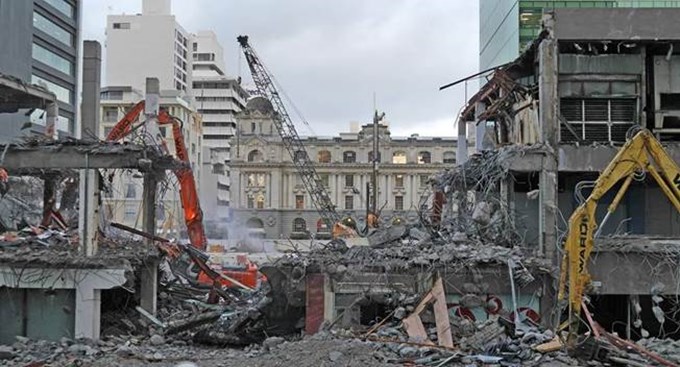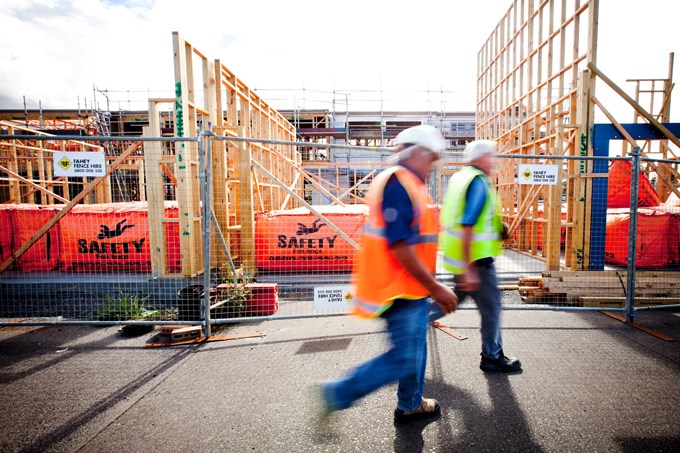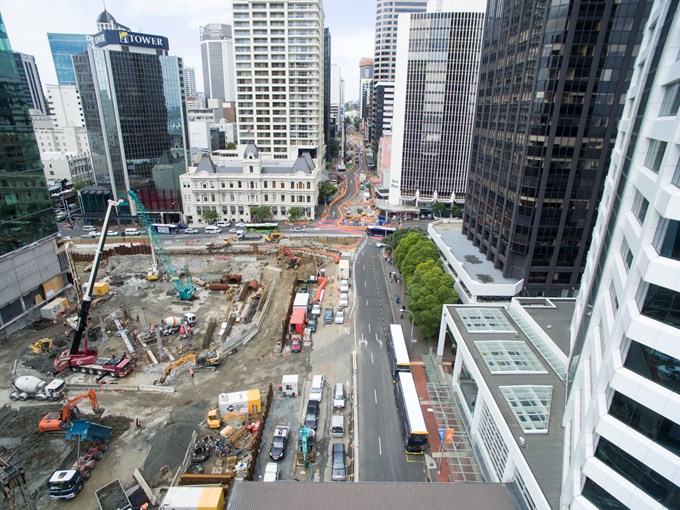It's impossible not to notice how much building and construction activity is happening in Auckland's city centre right now.
From business development to cycleways, the City Rail Link (CRL), the waterfront, parks improvements, transport options and housing – it's full on down town.
With so much going on the challenge was always going to how to coordinate all of this development and find a balance between minimising disruption to workers, visitors and residents, and enabling much-needed development.

To achieve this, we have set up a cross-council group, comprising representatives from Auckland Council, Panuku and Auckland Transport, to identify priorities and orchestrate the order of works in order to gain the best result for the city as a whole.

It is easy to understand all of this investment when you consider the following:
- New Zealand’s economic activity is most heavily concentrated in Auckland’s city centre.
- Staff attraction is one of the main drivers of firm location in the Auckland city centre.
- There are now more than 110,000 jobs in the city centre, meaning workers from across Auckland need access to transport that brings them into the city.
- The city centre economy is $16 billion a year.
- 20 per cent of the value of all goods and services produced in Auckland is generated in just 0.08 per cent of the land area of the city centre.
- The largest contributors to GDP growth in the city centre are from jobs in financial and insurance services, professional scientific and technical services, and information media and telecommunications.
- The key to drawing investment and having a positive influence on growth is the relationship between the accessibility of an area, its employment density and the level of productivity.
- Cities develop as areas are made more accessible to workers and firms, because employment density rises and they become more productive.
- The city centre is rapidly becoming a residential location, with more than 40,000 people calling it home and choosing a “zero-minute commute”.
- An additional 7000 housing units are in the development pipeline.
- There are 165,000 square metres of commercial real estate planned for delivery over the next five years.
- The number of people on Queen Street has doubled in five years.
- Retail spending has grown by 49 per cent over six years.
- The number of café seats has increased by 41 per cent, or 3673 seats, in six years.
- The number of public seats has increased by 61 per cent, or 4471 seats, in six years

What does all of this mean for Auckland?
- Public investment has opened new parts of the city and public realm upgrades and improved transport links have breathed new life into downtown and midtown areas.
- Active investment in public transport and cycleways has meant it is easier for people to get to the city than ever before.
- If the prosperity that comes from this intensive growth activity is to be widely shared, Auckland needs to enable more people to live in the city centre and to improve public transport networks that better connect employers and workers.
- Because Auckland is the only city of scale in New Zealand, enabling job growth and the conditions that support the knowledge economy in the city centre has implications for New Zealand’s overall job productivity and ultimately prosperity.
Want to learn more?
Sign up to the city centre newsletter.


